Cindy scans IndieGoGo to find small projects she invests in. Some turn out and some do not. This is the nature of investing in innovations. I am not certain I have ever understood her selection criteria, but many seem to combine her interest in education and technology.
Nearly two years ago now, she invested in Bird Buddy. The project proposed the development of a combination bird feeder and motion-activated camera that would use AI to identify birds that were photographed, link to related information, and share this information with the owner of the feeder and designated buddies. This sounded like a tool that had great promise for teachers who could use the buddy for all kinds of science and writing projects.
We knew the Buddy was in production when we saw marketing to attract new customers. Finally, we received ours and got it set up. It takes a few days to get birds to come to a new feeder and ours is now attracting birds. The reviews on the product have varied with some having positive and some negative experiences. We have been among the lucky ones if product quality has been an issue, but it is a new product and attracting interesting birds can be challenging which contributes to the adventure.
Our first photo.

This is a great photo. We were probably lucky, but Cardinals are common visitors to our other feeder and frequent the pine trees near our house. So, the system works.
The system does correctly identify birds and it does provide additional information (some examples follow). The software that supports the feeder also allows the sharing of images with those you connect via an access code.
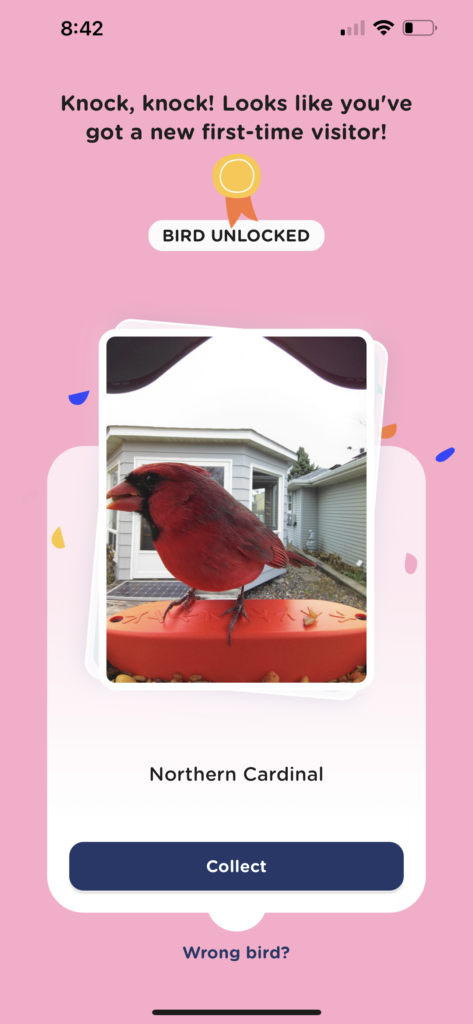
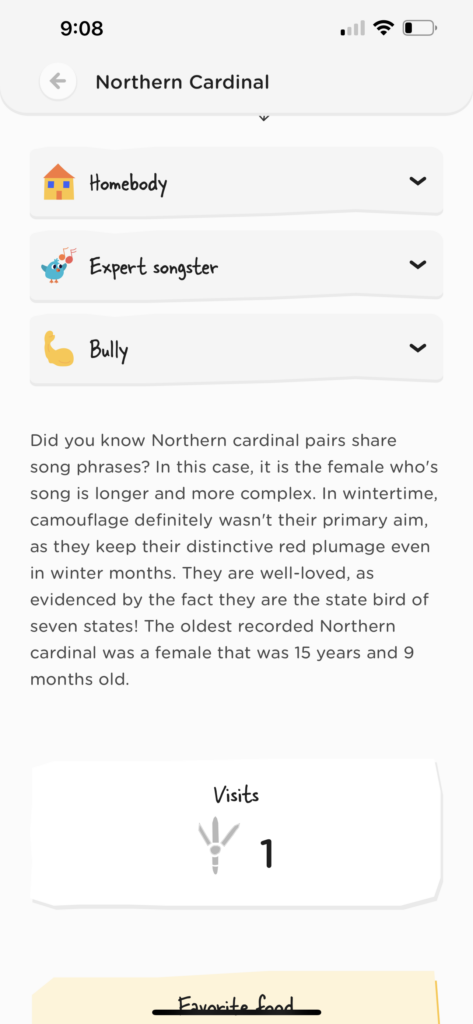
A little more about our setup. The other equipment was purchased separately and focused on limiting squirrel access. The Bird Buddy is plastic and squirrels will gnaw through plastic to get at food. The peppered seed is interesting. Evidently, birds must not have taste buds that sense spicy. This stuff must be really hot as you are not supposed to handle it without protection. The baffle on the pole is a second squirrel defense.
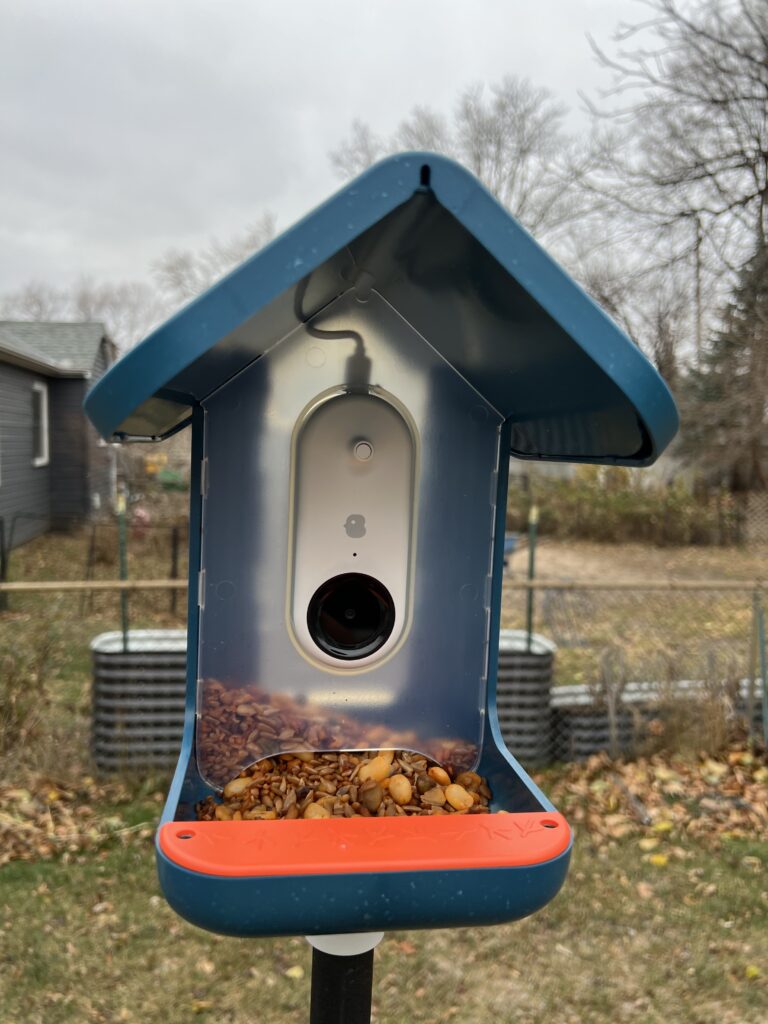
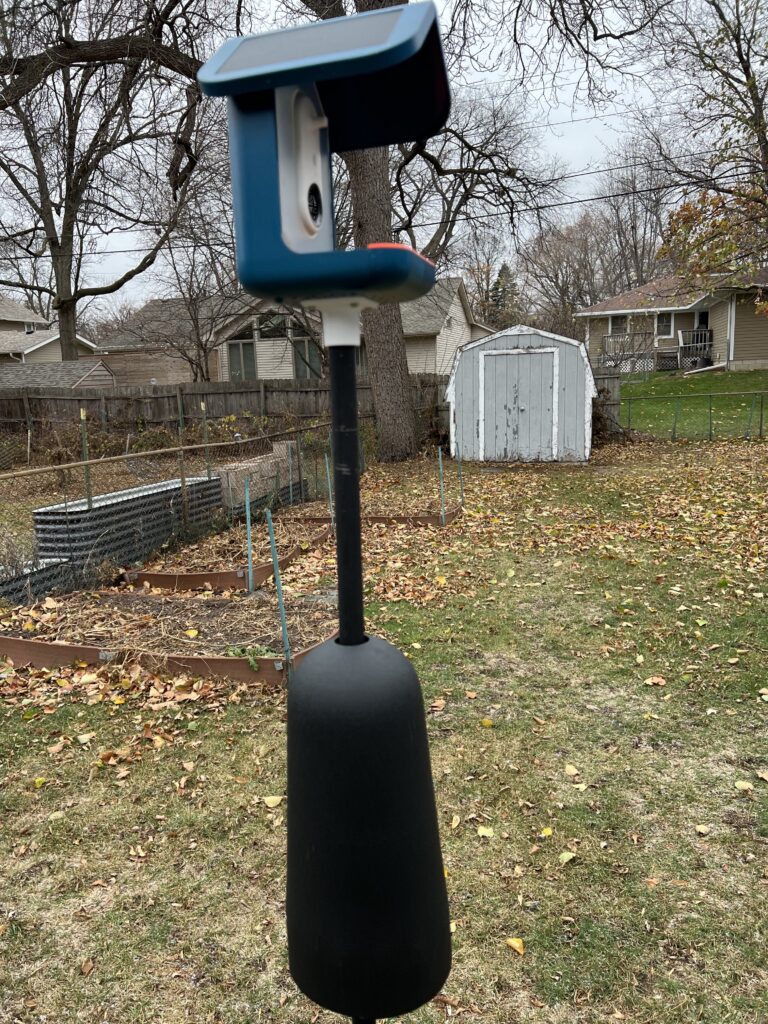


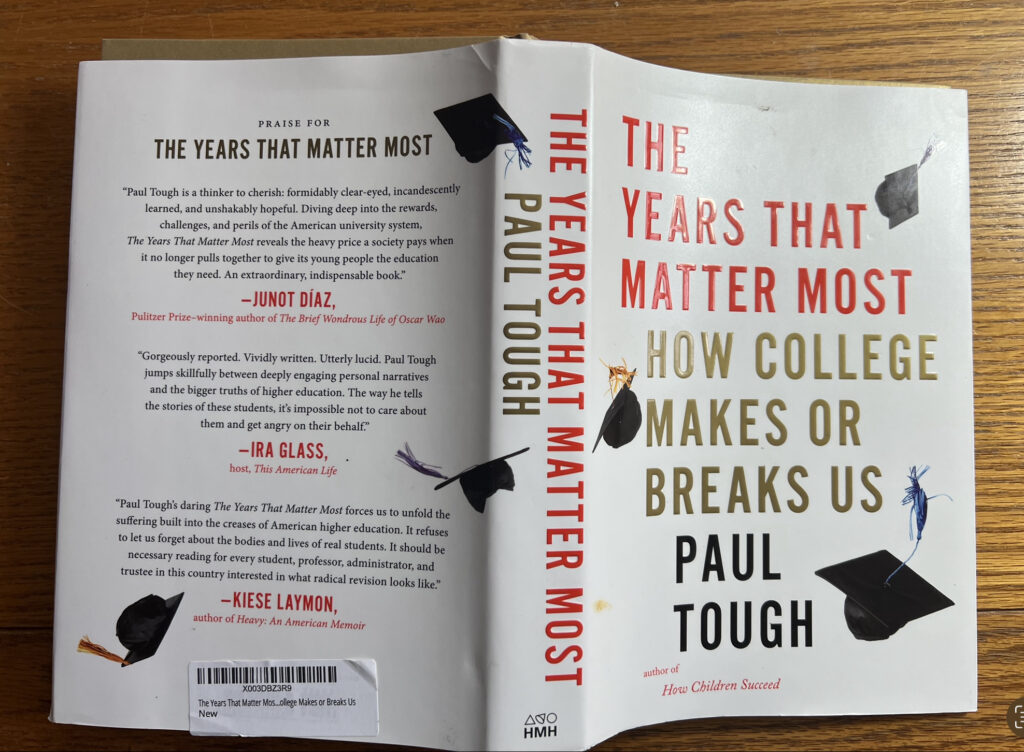



You must be logged in to post a comment.